Things Your Writing Teacher Never Told You: Researching the Tropes
My Fantasy Writing Workshop (Columbia College Chicago) starts each semester by writing a shared private encyclopedia of genre tropes. Each week has an assigned category. The categories are: monsters or magical creatures; gods, demi-gods, or powerful spirits; magical artifacts or prophetic techniques/devices; and historical people. The students each write one entry per category, then the following week, all the entries in that category are part of their assigned reading.
For each category, I’ve compiled a list of at least fifty potential subjects with short descriptions taken from across the world cultures and mythologies to get them started. Many of the entries have alternate spellings, and some reference books contradict each other, so students are required to use more than one source in their research.
Here’s a list of a few of the monsters/creatures in the first unit.
Ikaki – Nigerian, cannibalistic, dancing tortoise
Sun Wu-Kung — Chinese monkey king
Kinnaras — Hindu horse-headed musicians
Igpupiara — Brazilian mermaids
Kasai Rex — African dinosaur said to still live today
Manabusch — Menominee Indian Great Hare
The entries are supposed to be about 500 words long and should include the most relevant details a writer might want to know if they were going to use it in a fantasy story — with the understanding that more research will likely be needed. This is just enough information to start some ideas sparking.
In all cases, the entries should include a picture, a general definition, and the geographic origins. If the subject appears in more than one culture, the article should include a brief summary of how the details differ between countries. Most important is a description of the powers and weaknesses. If we’re going to write about vampires, we need to know ALL the ways you can kill a vampire and what super-powers and sneaky tricks they can use on their victims.
The monster/creatures entries has a specific check list for what details to include.
- What does it look like?
- What (or who) and how does it eat?
- Where does it live? (caves, coffins, etc.)
- What special powers does it have?
- What are its weaknesses?
- How can you tame it or control it?
- How can you kill it?
- Any other quirks?
The second category the students work on is Gods. My starter list has multiple deities within the Egyptian, Norse, Hindu, Aztec, African Diaspora (including Santeria, Yoruba, Dahomey, Ashanti, and Congo); Japanese, Greek/Roman, and Native American pantheons, and at least one option listed from Cambodia, Vietnam, Brazil, Bali, China and the Sumerian pantheons. As with all the categories, students can choose gods from any culture. The list is just there to jump-start them. I continue expanding the lists for each category, as I have time.
Their entries on gods necessarily run a little longer than 500 words. There’s a special checklist for the deities, too.
- What do they look like? Most gods have at least two different forms.
- Who are their most important relatives? This may be parents, siblings, children, or multiple spouses.
- Where do they live?
- What special powers and weapons do they have?
- What are their weaknesses?
- What items are associated with them? (foods and drinks, plants and animals, colors and music, other magical artifacts, knowledge, skills, a religious book or text, etc.)
- What offerings or behaviors do they require of their followers?
- What are a couple of the most important stories or events in their mythology?
- Are there any real-life events or people who are associated with them?
- Are they called by another name in a different culture?
For their third entry, they can choose from either the Magical Items category or Divination Techniques.
The Magical Items options are further categorized by:
Weapons — There are so many magical swords in the world! And a few spears and axes, too.
Transport — Sure, you’ve got your witch’s broom and flying carpets, but there’s also Seven League Boots, the Flying Throne of Kai Kavus, and magical ships including Argo (Jason and the Argonauts’ talking prophetic ship), and Naglfar (the Norse ship of the dead that sails out during Ragnarök).
Books & Communication — This includes grimoires, the Egyptian Book of the Dead, the Necronomicon, universal translators, etc.
Clothes & Jewelry — magic rings, hats, necklaces, cloaks, mojo bags, and medicine bags
Treasures — this includes the Three Sacred Treasures of Japan, The Four Treasures of the Tuatha Dé Danann, and the Karun Treasure from Persian mythology.
Tools & Implements — magician’s staffs, unicorn horn, mirrors, Stonehenge, Pandora’s Box, Voodoo Vévés, and more.
Or, if the students think prophecy’s the thing, just about anything that can be picked up and put down in changing patterns has been used as a prophetic device. Their entries have to explain how the device is used; that is, the working rules to make the actions and interpretations of the fortuneteller believable. They can choose from rune stones, palm, entrails, auras, tea leaves and coffee grinds, numerology, astrology, pyromancy (fire), bibliomancy (books), alectryomancy (roosters!), doughball divination, tarot decks, and more.
Their final category is Historical People. Some of these folks have fantasy elements built in. Others would need to have one grafted on. If you’re wondering how well that works out, check out Abraham Lincoln: Vampire Hunter.
I’ve broken these categories down into:
Frontier & Old West — including shamans, bandit queens, keel-boaters, Australian pioneers, Mexican outlaws, frontiersmen, gunfighters, and sharp shooters
Mystics & Magicians — including Rasputin and Joan of Arc, of course, but also Marie Laveau, Voodoo Queen; Yeshe Tsogyal, female Tibetan Buddha; P.T. Barnum, the huckster showman; Mirabai, the Hindu mystical singer; Harry Houdini, escape artist; and The Notorious Bangs Sisters, Chicago mediums who ran séances.
Bandits & Folk Heroes — Some of these options include El Santo, the Mexican wrestler; Bras-Coupé, the New Orleans runaway slave and folk hero; Wong Fei-hung, the Chinese martial artist, physician, and revolutionary; Lazar of Serbia, the medieval leader who fought against the Ottoman Empire; Emmeline Pankhurst, the radical leader of the British suffragette movement; Rob Roy, the Scottish Robin Hood; Che Guevara, the Argentine Marxist revolutionary; and Sister Ping, a Chinese woman who headed an international human smuggling operation.
Mobsters — this is one of the sections I want to expand. At the moment, it’s mostly populated with mafia folks from Chicago and New York (and what a quirky group they are), but it also includes the head of the Irish St. Louis mob, and Ned Kelly from Australia.
Stone Cold Killers — these are mostly serial killers from around the world, from cult leaders like Jim Jones, to “black widows” like The Giggling Granny, from the South Korean police officer who went on the 2nd largest spree killing in the world to the German playwright who also went on a killing spree.
Dangerous Dames — many of the women who appeared in other categories would work in this one, too, but it gave me a place to add women who worked as spies in various wars, such as Mary Bowser, a black Union spy in the Civil War and Agent 355, a female spy during the American Revolution. Also, women who worked as both spies and entertainers, including Mata Hari and Josephine Baker. Then there are women who led armies or countries themselves, including Eva Perón of Argentina, Lady of Ch’iao Kuo of China, Juana Galán of Spain, or Boudica of the British Celtic Iceni tribe.
Pirates – this is always a popular category, but I encourage the students to look beyond the white British men and consider that any major body of water in the world has had pirates. We’ve seen a lot about Blackbeard and Bluebeard, so how about pirate queens including Sayyida al Hurra (Moroccan), Awilda (Scandinavian), and Charlotte Badger (Australian). But there’s always room for Jean Lafitte, a New Orleans pirate and Revolutionary War hero.
The students are not required to choose from the lists. They can come up with their own ideas within each topic. The lists are there to make it easy if they don’t have a topic in mind. But more importantly, it shows them how wide the field is for each of these categories. Why write another Romanian vampire, European werewolf, or Romero-style zombie story when there’s such a wide, weird, wonderful world out there?
There are other categories I could include. In the past, I’ve also used Magical Lands and Mystical Animals & Birds.
Any one of these entries could spark a lovely fantasy story. When you start combining elements from more than one category, all sorts of potential starts emerging!
This exercise recreates my personal process when I start to write a story.
Students will spend most of their semester writing and revising one story based on at least one of the encyclopedia entries they wrote.
I’ll explain some of the ways we use these topics to jumpstart stories in a future blog. But in the meantime, you might check out my past blog that speaks to that subject, “Seven Common Approaches to Stories That Use Mythology, Fairy Tales & Other Established Source Material.”
Others you might enjoy are:
A Look at How Peter Straub Crafts His Opening Chapters
Story in Its Many Forms
When the Form Is the Story
The Skeleton Matters (Or, Why It’s Not OK to Skip Scenes in Your Third Act)
It Was Only A Dream…
I’d Rather Be a “Librarian” Than a Disney Princess
Escaping the Darkness, or What to Do When Your Imaginary World Gives You Real Nightmares
And the ongoing series on Point of View:
Part 1: A Few Questions to Get You Started
Part 2: Who is Your Point of View Character?
Part 3: A Closer Look at Some POV Styles Commonly Used in Fantasy (Starting with Some Intriguing Uses of 2nd Person)
Part 4: 1st Person and Tight Limited 3rd – A Closely Related Duo
Part 5: The Younger Sibling of 1st & Tight Limited 3rd: Simple Limited 3rd & The Case for Choosing A Single-Character POV
Part 6: Serial POV – In its Myriad Forms
Part 7: The Multiple Personalities of Omniscient 3rd Person: Spotlight on “Reporter”
Part 8: The Multiple Personalities of Omniscient 3rd Person: Spotlight on “Head-Hopper”
Part 9: “Head-Hopper” – A Correction and a New Example
Tina L. Jens is a 2017 Rubin Family Fellowship for a residency at the Ragdale artists retreat. She has been teaching varying combinations of Exploring Fantasy Genre Writing, Fantasy Writing Workshop, and Advanced Fantasy Writing Workshop at Columbia College-Chicago since 2007. The first of her 75 or so published fantasy and horror short stories was released in 1994. She has had dozens of newspaper articles published, a few poems, a comic, and had a short comedic play produced in Alabama and Florida and two others chosen for a table reading by Dandelion Theatre in Chicago. Her novel, The Blues Ain’t Nothin’: Tales of the Lonesome Blues Pub, won Best Novel from the National Federation of Press Women, and was a final nominee for Best First Novel for the Bram Stoker and International Horror Guild awards.
She was the senior producer of a weekly fiction reading series, Twilight Tales, for 15 years, and was the editor/publisher of the Twilight Tales small press, overseeing 26 anthologies and collections. She co-chaired a World Fantasy Convention, a World Horror Convention, and served for two years as the Chairman of the Board for the Horror Writers Assoc. Along with teaching, writing, and blogging, she also supervises a revolving crew of interns who help her run the monthly, multi-genre, reading series Gumbo Fiction Salon in Chicago. You can find more of her musings on writing, social justice, politics, and feminism on Facebook @ Tina Jens. Be sure to drop her a PM and tell her you saw her Black Gate blog.
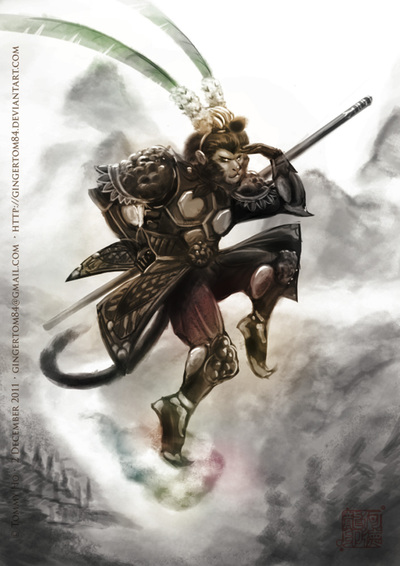
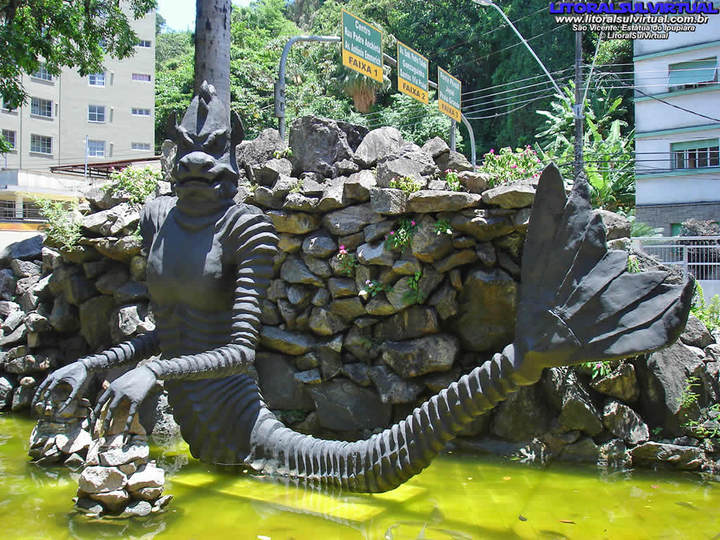
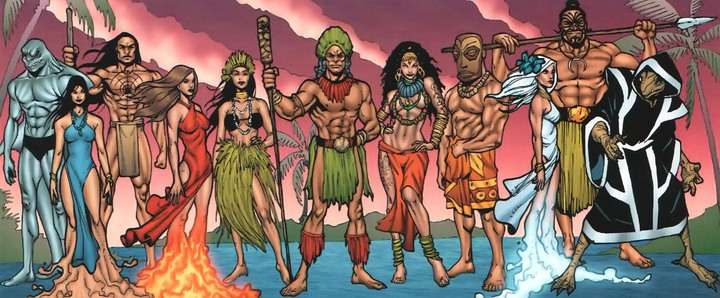
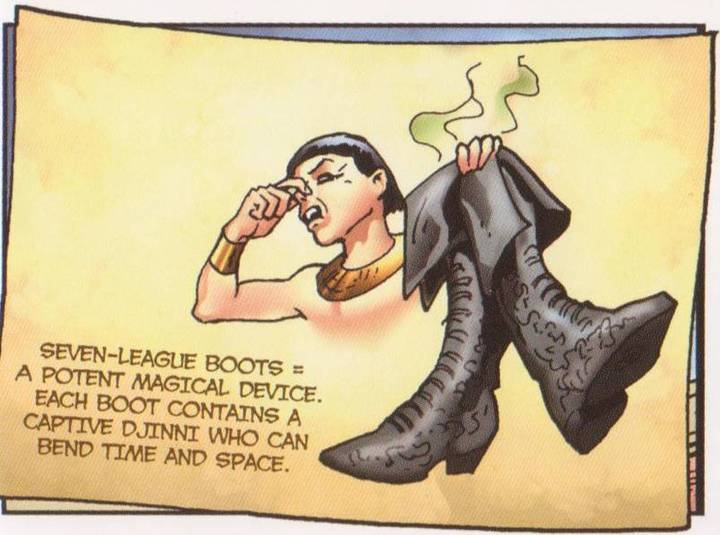

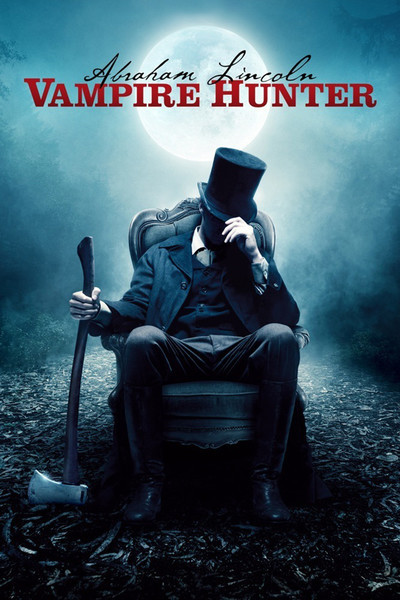
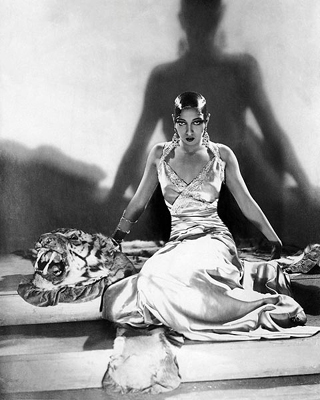
Very interesting, as always. I note there seems to be little, if any, items which reference Native American cultures.
I’ve included some Native American creatures and gods in the topic lists for the class. (I haven’t included my complete list for any of these subjects here.) But I absolutely agree I don’t have enough Native American options. I’ve bought a reference book that I hope will help me remedy that, when I get time: MYTHOLOGY OF THE AMERICAN NATIONS (Jones & Moyneaux). But I’m always open to suggestions, too!